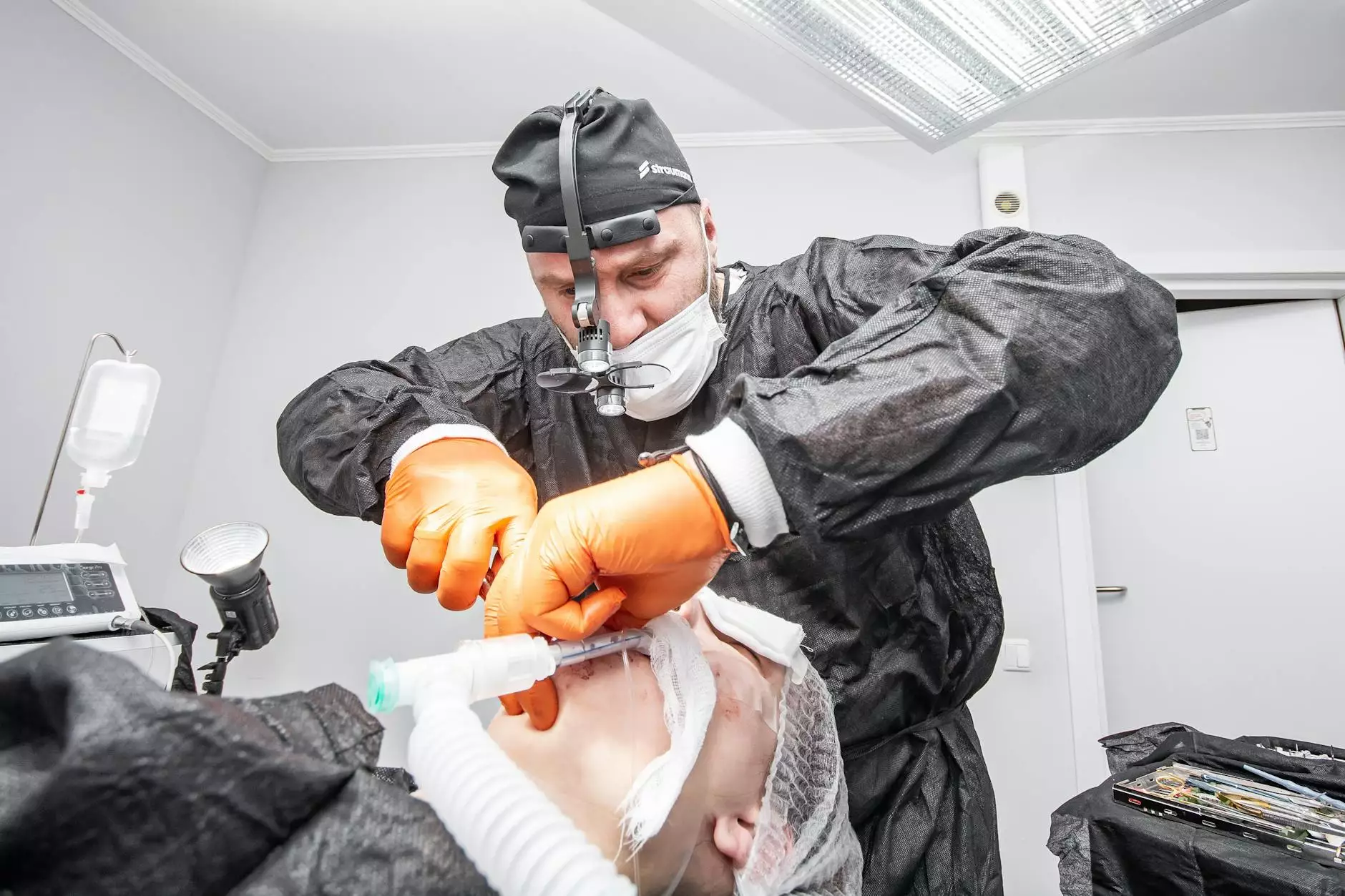Understanding Myoma Surgery: A Comprehensive Overview

Myoma surgery, also known as fibroid surgery, is a significant medical intervention aimed at alleviating the symptoms caused by uterine fibroids. These benign tumors can lead to various health complications, impacting the overall quality of life for many women. This comprehensive guide will delve into the details surrounding myoma surgery, from diagnosis to post-operative care, providing valuable insights for anyone considering this treatment option.
What Are Myomas?
Myomas, commonly referred to as fibroids, are non-cancerous growths that develop in or on the uterus. They can vary in size, shape, and location, resulting in a range of symptoms. Some common characteristics of myomas include:
- Types: Myomas can be classified into three types based on their location: intramural, subserosal, and submucosal.
- Symptoms: Many women with myomas experience heavy menstrual bleeding, pelvic pain, frequent urination, and complications during pregnancy.
- Prevalence: It is estimated that 70-80% of women will develop myomas by the age of 50.
When is Myoma Surgery Necessary?
While many women with myomas may not experience significant symptoms, surgery becomes a pertinent option when:
- The size of the fibroids leads to significant discomfort or distress.
- Women suffer from severe pain or abnormal bleeding.
- Fertility issues arise directly related to the presence of myomas.
- There are complications such as anemia due to excessive blood loss.
Types of Myoma Surgery
There are several surgical options available for the treatment of myomas. Each approach has its indications, benefits, and potential risks:
1. Myomectomy
A myomectomy is a surgical procedure that involves the removal of fibroids while preserving the uterus. It is often recommended for women who wish to retain their fertility. This procedure can be performed through different methods:
- Abdominal Myomectomy: Involves making an incision in the abdomen to access the uterus.
- Hysteroscopic Myomectomy: Utilizes a hysteroscope inserted through the vagina to remove submucosal fibroids.
- Laparoscopic Myomectomy: A minimally invasive approach utilizing small incisions and specialized tools.
2. Hysterectomy
A hysterectomy is a surgical procedure that involves the complete removal of the uterus. This option is typically considered when:
- Fibroids are significantly large.
- Other treatment options have failed.
- The patient is not planning to become pregnant in the future.
3. Uterine Artery Embolization
Uterine artery embolization (UAE) is a less invasive procedure that involves cutting off the blood supply to the fibroids, causing them to shrink. This method is suitable for women who wish to avoid surgery.
Preparing for Myoma Surgery
Preparation is key to ensuring a successful outcome for myoma surgery. Some essential steps include:
- Consultation: Seek a thorough evaluation from a specialized obstetrician or gynecologist, such as those at drseckin.com.
- Diagnostic Imaging: Ultrasounds or MRI scans may be necessary to assess the fibroids' size and location.
- Preoperative Testing: Blood tests and other evaluations may be conducted to ensure your overall health is satisfactory for surgery.
The Surgical Process
Understanding the surgical process can alleviate anxiety associated with the procedure:
- Anesthesia: Depending on the type of surgery, general or local anesthesia will be administered.
- Procedure Execution: The surgeon will use the selected method to address the fibroids.
- Monitoring: Post-operative monitoring will take place to ensure a smooth recovery.
Recovery After Myoma Surgery
The recovery period varies depending on the type of surgery performed:
- Myomectomy: Patients can usually return to normal activities within 4-6 weeks, depending on the surgical method used.
- Hysterectomy: Recovery may take longer, with a typical duration of 6-8 weeks, especially for abdominal procedures.
- Embolization: Most women can return to light activities within a week.
Potential Risks and Complications
As with any surgical procedure, there are risks associated with myoma surgery, including:
- Infection
- Blood loss
- Damage to adjacent organs
- Re-growth of fibroids
Long-Term Outlook
Myoma surgery often results in significant improvement in symptoms. Many women report:
- Reduced pain and discomfort.
- Improved quality of life.
- Successful pregnancies following surgery in many cases.
The Importance of Choosing the Right Specialist
Selecting a qualified and experienced healthcare provider is critical for achieving the best outcomes in myoma surgery. The specialists at drseckin.com are renowned for their expertise in managing uterine fibroids and providing personalized care.
Conclusion
Myoma surgery is a significant step towards alleviating the burdens posed by uterine fibroids. By understanding the types of surgeries available, the preparations involved, and the recovery process, women can make informed decisions regarding their health. Always consult a qualified specialist to discuss the most suitable treatment options for your individual situation. The commitment to women's health at drseckin.com ensures that patients receive comprehensive care tailored to their needs.







